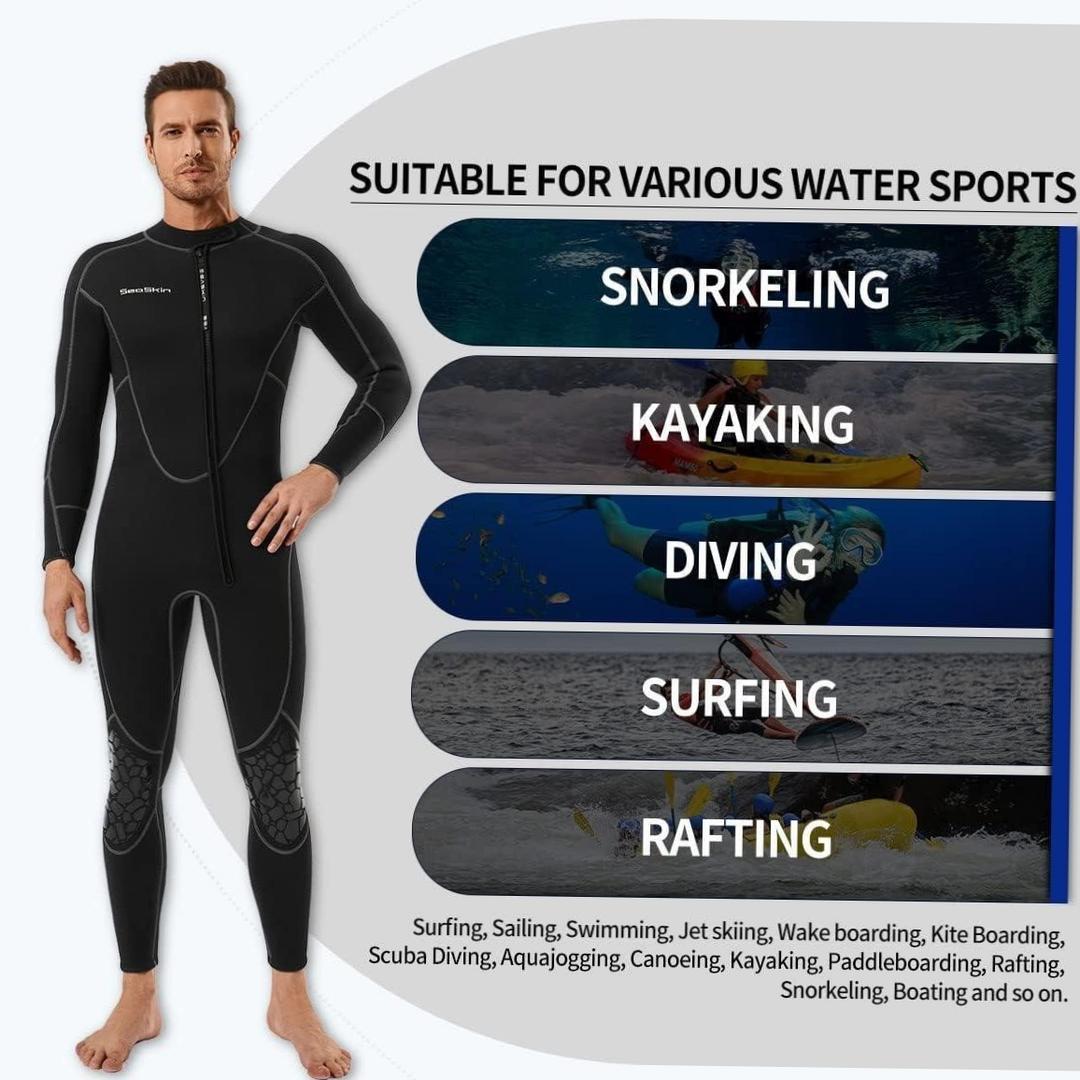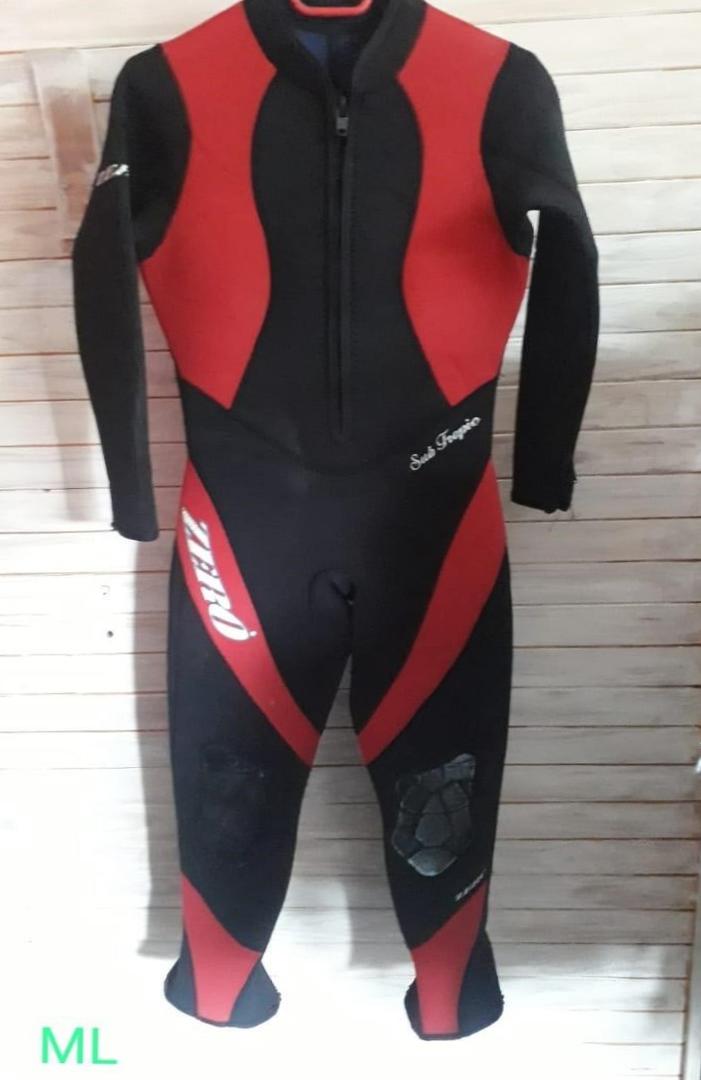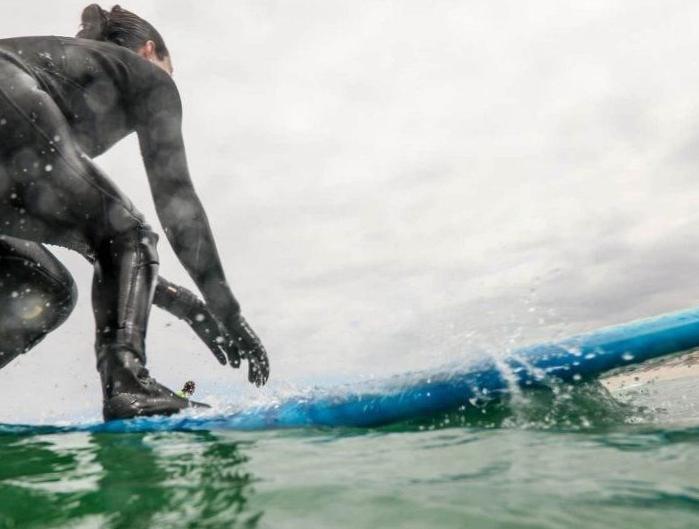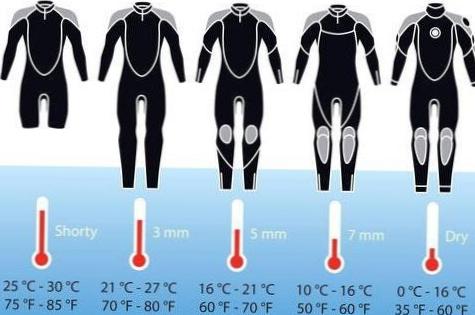Diving vs Surfing Wetsuit: Key Differences and How to Choose the Right One
Diving vs Surfing Wetsuit: Key Differences and How to Choose the Right One
When it comes to water sports such as diving and surfing, wearing the right wetsuit is essential. While diving and surfing wetsuits may appear similar at first glance, they are designed with distinct features to cater to the specific needs of each activity. In this article, we will explore the key differences between diving and surfing wetsuits, and provide you with useful tips on choosing the right one for your water adventures.
Diving wetsuits are designed to provide thermal insulation and protection in colder underwater environments. Made from thicker neoprene material, diving wetsuits offer excellent insulation against the low temperatures encountered beneath the surface. These wetsuits often feature reinforced knee and elbow pads for added durability, as well as specialized seals and zippers to prevent water entry and maintain warmth. Additionally, many diving wetsuits incorporate extra buoyancy to aid in maintaining proper buoyancy control underwater.
On the other hand, surfing wetsuits prioritize flexibility and freedom of movement. Purpose-built for wave riding enthusiasts, surfing wetsuits are usually made from thinner neoprene material to ensure greater flexibility. Surfing wetsuits come in various styles, ranging from full suits that cover the entire body to shorties and spring suits that provide less coverage for warmer conditions. They often have seamless panel construction and strategic placement of stretchy materials to promote unrestricted movement. Surfing wetsuits also tend to have smoother exteriors to minimize drag while riding waves.
When choosing between a diving and surfing wetsuit, assess the temperature of the water you will be in. If you plan to explore colder waters and dive to greater depths, a diving wetsuit with thicker neoprene and adequate insulation is paramount. However, if you’re a keen surfer and will be facing varying water temperatures, a surfing wetsuit that maximizes flexibility while still providing sufficient warmth is the way to go.
In conclusion, understanding the differences between diving and surfing wetsuits is crucial for selecting the appropriate gear for your favorite water sport. By considering factors such as water temperature, depth, and desired flexibility, you can make an informed decision that ensures comfort, safety, and enhanced performance during your aquatic endeavors. So, dive right into the world of wetsuits and surf the waves with confidence!
Diving vs Surfing Wetsuit: Key Differences and How to Choose the Right One
When it comes to enjoying water sports like diving and surfing, having the right wetsuit is essential for comfort, protection, and optimizing performance. Though diving and surfing wetsuits might appear similar at first glance, there are key differences that make them distinctively suited for their respective activities. In this article, we will dive into the purpose and importance of wetsuits in diving and surfing, and provide you with expert tips on how to choose the right wetsuit for your preferred water sport.
Wetsuits serve multiple purposes in both diving and surfing. First and foremost, wetsuits provide thermal insulation to keep your body warm in cold water conditions. This insulation is crucial as it helps prevent hypothermia and allows you to enjoy your water sport for longer periods. Additionally, wetsuits also act as a protective barrier against cuts, scrapes, and stings from marine life or sharp surfboard fins. Furthermore, wetsuits provide buoyancy, helping you stay afloat in the water while enhancing your agility and movement.
However, it is important to note that diving and surfing wetsuits have distinct features tailored to the specific demands of each activity. Diving wetsuits are typically thicker, ranging from 5mm to 7mm, as divers are exposed to colder conditions and spend longer periods submerged. These wetsuits also often include reinforced knee pads, additional padding on the chest, and integrated hoods for added warmth.
On the other hand, surfing wetsuits are generally thinner and more flexible, ranging from 2mm to 4mm. The emphasis is on mobility and flexibility as surfers require a greater range of motion for paddling and maneuvering on their boards. Surfing wetsuits often have seamless designs to minimize chafing and irritation, and feature reinforced knees and buttocks for durability.
Choosing the right wetsuit for your preferred water sport is crucial for a comfortable and enjoyable experience. Factors to consider include water temperature, intended duration of activity, and personal preference for fit and style. By understanding the key differences between diving and surfing wetsuits, you can make an informed decision and ensure you have the perfect wetsuit for your next adventure in the water. So, whether you’re a diving enthusiast exploring the depths or a surfer chasing the perfect wave, make sure you choose the right wetsuit to enhance your performance and keep you protected.
Diving vs Surfing Wetsuit: Key Differences and How to Choose the Right One
Are you a water sports enthusiast trying to decide between a diving wetsuit and a surfing wetsuit? We’ve got you covered! Understanding the key differences between these two types of wetsuits will help you make the right choice for your aquatic adventures. Let’s dive right in!
When it comes to diving, the primary purpose of a wetsuit is to provide thermal insulation and protection against the cold water temperatures. Made with thicker neoprene, typically between 5mm to 7mm, diving wetsuits trap a layer of water against your body which then gets warmed by your body heat. This layer acts as an insulator, keeping you warm and comfortable during long dives.
On the other hand, a surfing wetsuit is designed to withstand the constant movement and crashes against waves. Surfing suits are typically thinner, ranging from 2mm to 4mm, allowing for more flexibility and freedom of movement. Surf wetsuits also have reinforced knee pads and durable materials to withstand the wear and tear of surfing.
Now that you have an overview of the basic differences, how do you choose the right wetsuit for your activity? Firstly, consider the water temperature of your desired location. For colder waters, like those found during deep-sea diving, opt for a thicker diving wetsuit to provide better insulation. If you’re mainly surfing in warmer waters, a thinner surfing wetsuit will give you the mobility you need without compromising warmth.
Another factor to consider is the fit of the wetsuit. A proper fit is crucial to ensure optimal thermal insulation and functionality. Take your measurements and consult the sizing charts provided by manufacturers to find the perfect fit for your body type. Remember, a well-fitting wetsuit should be snug but not excessively tight, allowing for a full range of motion.
In conclusion, when it comes to choosing between a diving wetsuit and a surfing wetsuit, understanding the key differences and considering factors such as water temperature and fit will help you make the right decision. Now, get ready to hit the waves or explore the depths with confidence, knowing you’ve chosen the perfect wetsuit for your water adventure!
Diving vs Surfing Wetsuit: Key Differences and How to Choose the Right One
It’s time to take the plunge into the world of water sports, but before you do, you’ll need to gear up with the right wetsuit. Whether you’re interested in diving deep beneath the waves or riding the barrels on your surfboard, understanding the key differences between diving and surfing wetsuits is crucial. From material variations to specialized features, choosing the correct wetsuit can significantly impact your comfort and performance in the water. So, let’s dive in and explore the differences between diving and surfing wetsuits, as well as how to select the perfect one for your aquatic adventures.
diving vs surfing wetsuit









